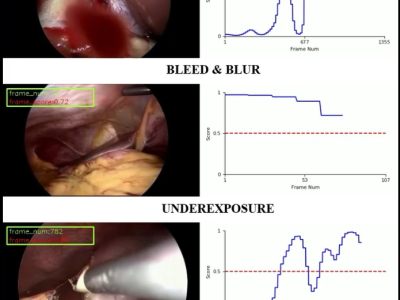
test test
- Categories:

test test
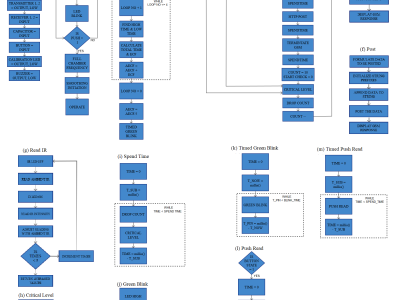
In the era of increasing connectivity, everything including upcoming medical devices is being connected to the internet. These medical devices are monitoring units which measure application specific parameters, process them, perform data encoding and send them to a cloud server. Intravenous (IV) therapy is a common medical procedure which requires a continuous monitoring of the setup to avoid complications which can be achieved by running the system for hours. Traditionally, doctors and nurses use their experience to estimate the time required by an IV to run.
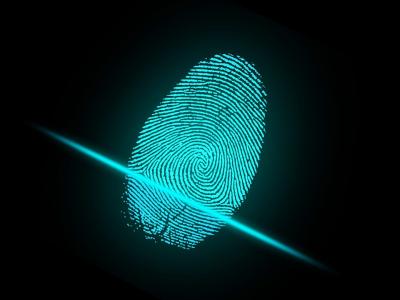
The raw EEG signals are collected from seven adult participants (a~g, 4 males and 3 females, their ages range from 21 to 45, the average age is 24.71 and the average deviation is 6.49). None of them has a case history of brain injury or brain disease. the "EMOTIV EPOC+"EEG head-worn device is employed, which has a total of 14 channels, namely: AF3, AF4, F3, F4, F7, F8, FC5, FC6, T7, T8, P7, P8, O1 and O2. The sampling frequency is 128Hz and the signals can generate 128 sample points per second per channel.

Expansion of wireless body area networks (WBANs) applications such as health-care, m-banking, and others has lead to vulnerability of privacy and personal data. An effective and unobtrusive natural method of authentication is therefore a necessity in such applications. Accelerometer-based gait recognition has become an attractive solution, however, continuous sampling of accelerometer data reduces the battery life of wearables. This paper investigates the usage of received signal strength indicator (RSSI) as a source of gait recognition.

This is the data for the grounding current of a radial structured distribution network, when subject to a single-phase earth fault.
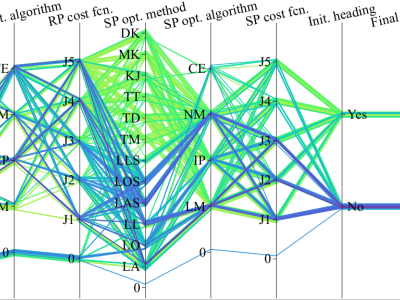
These datasets include the results from the comparison of different traffic-free path planning strategies presented in the work entitled "A primitive comparison for traffic-free path planning", Antonio Artuñedo, Jorge Godoy, Jorge Villagra. https://doi.org/10.1109/ACCESS.2018.2839884

Static analysis is increasingly used by companies and individual code developers to detect bugs and security vulnerabilities. As programs grow more complex, the analyses have to support new code concepts, frameworks and libraries. However, static-analysis code itself is also prone to bugs. While more complex analyses are written and used in production systems every day, the cost of debugging and fixing them also increases tremendously.

Understanding software is an inherent requirement for many maintenance and evolution tasks. Without a thorough understanding of the code, developers would not be able to fix bugs or add new features timely. Measuring code understandability might be useful to guide developers in writing better code, and could also help in estimating the effort required to modify code components. Unfortunately, there are no metrics designed to assess the understandability of code snippets.

test
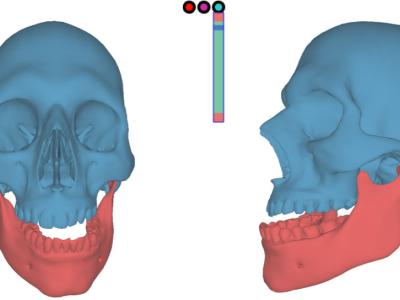
We recorded and extracted 833 jaw poses of a real person from 3-calibrated cameras. Each jaw pose corresponds to a rigid motion (rotation and translation) and is mapped to the Lie algebra of rigid motion, i.e., se(3). In the file "JawPose.txt", each row stores a jaw pose, corresponding to a 6-dimension vector in se(3), the first three is the rotation component, while the last three is the translation component.

This is the code and data for IS-RNN validation and research

Dataset used in paper "Machine Learning Cryptanalysis of a Quantum Random Number Generator" published at IEEE TIFS https://ieeexplore.ieee.org/document/8396276.
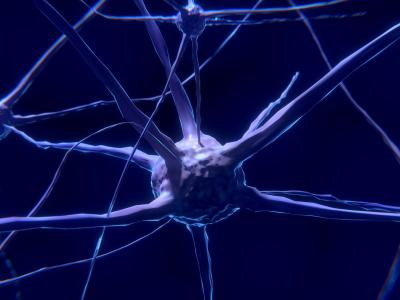
Previous neuroimaging research has been traditionally confined to strict laboratory environments due to the limits of technology. Only recently have more studies emerged exploring the use of mobile brain imaging outside the laboratory. This study uses electroencephalography (EEG) and signal processing techniques to provide new opportunities for studying mobile subjects moving outside of the laboratory and in real world settings. The purpose of this study was to document the current viability of using high density EEG for mobile brain imaging both indoors and outdoors.

This dataset contains user online reviews of two tourist places namely London' Parks and Art Museums.
London Parks Reviews
In this dataset, the top five most visited parks are selected, such as St. James' Park, Hyde Park, Regent's Park, Kensington Park and Greenwich Park. For each park, 600 reviews from Jan to Sep 2017 are present in CSV format.
London Art Museums

Electroencephalography (EEG) signal data was collected from twelve healthy subjects with no known musculoskeletal or neurological deficits (mean age 25.5 ± 3.7, 11 male, 1 female, 1 left handed, 11 right handed) using an EGI Geodesics© Hydrocel EEG 64-Channel spongeless sensor net. All subjects gave their informed consent for inclusion before they participated in the study. The study was conducted in accordance with the Declaration of Helsinki, and the protocol was approved by the Ethics Committee of the University of Wisconsin-Milwaukee (17.352).
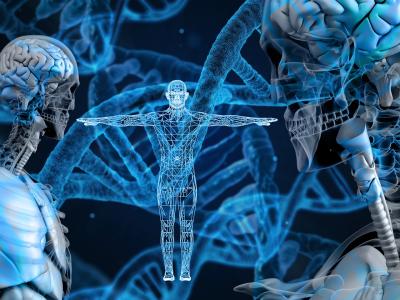
This repository aims to publish a sEMG database for hand gesture recongnition, which is suitable for intra-session, inter-session, inter-day and inter-subject tests. Six subjects were involved in data collection on ten days, and two sessions a day with the interval of half an hour. In each session, one trial (10 secondes) for each geature was conducted. The electrode sleeve did not reweared between two sessions in a day. The utilised sEMG device was customised by the Intelligent System and Biomedical Robotics Group, which was discussed in [1].

# ISRMyo-I: A Database for sEMG-based Hand Gesture Recognition
## Introduction
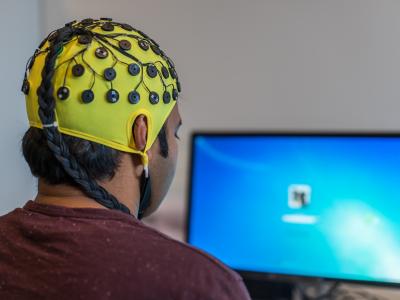
The impact of high curvature bending on thin film transistor(TFT) performance is of interest for flexible electronics. Bending influences TFT performance in two ways. First due to mechanical stress and second due to the pure geometric effect of converting a planar architecture to a cylindrical one. Experiments to simultaneously create and yet distinguish these two effects are difficult. Analytical models are required to identify the individual impact of stress and geometry. The goal of this work is to identify the purely geometrical impact on TFT characteristics.

A large frequency interval dual-band high-gain slot array antenna based on SIW (substrate integrated waveguide) for simultaneous microwave and millimeter wave application is proposed in this paper. The designed antenna consists of 2 arrays working on 9.86 GHz ~ 10.2 GHz and 25.9 GHz ~ 39.53 GHz, which can meet demand on X- and Ka-band, respectively. Two substrates sandwiched between three layers of metal are employed, and all slots are located on the second metal layer.

This dataset is a human blood smear section FPM dataset for testing the performance of colorful FPM reconstruction. The subdirectories 'R', 'G' and 'B ' contain images corresponding to red, green and blue light with 30ms exposure time. The subdirectory 'W' contains the multiplex images with 10ms exposure time. The subdirectory 'K' contains one dark-frame for using dark-frame denoising method. The subdirectory '20X' contains high-resolution images captured with a 20X objective lens for comparison.
